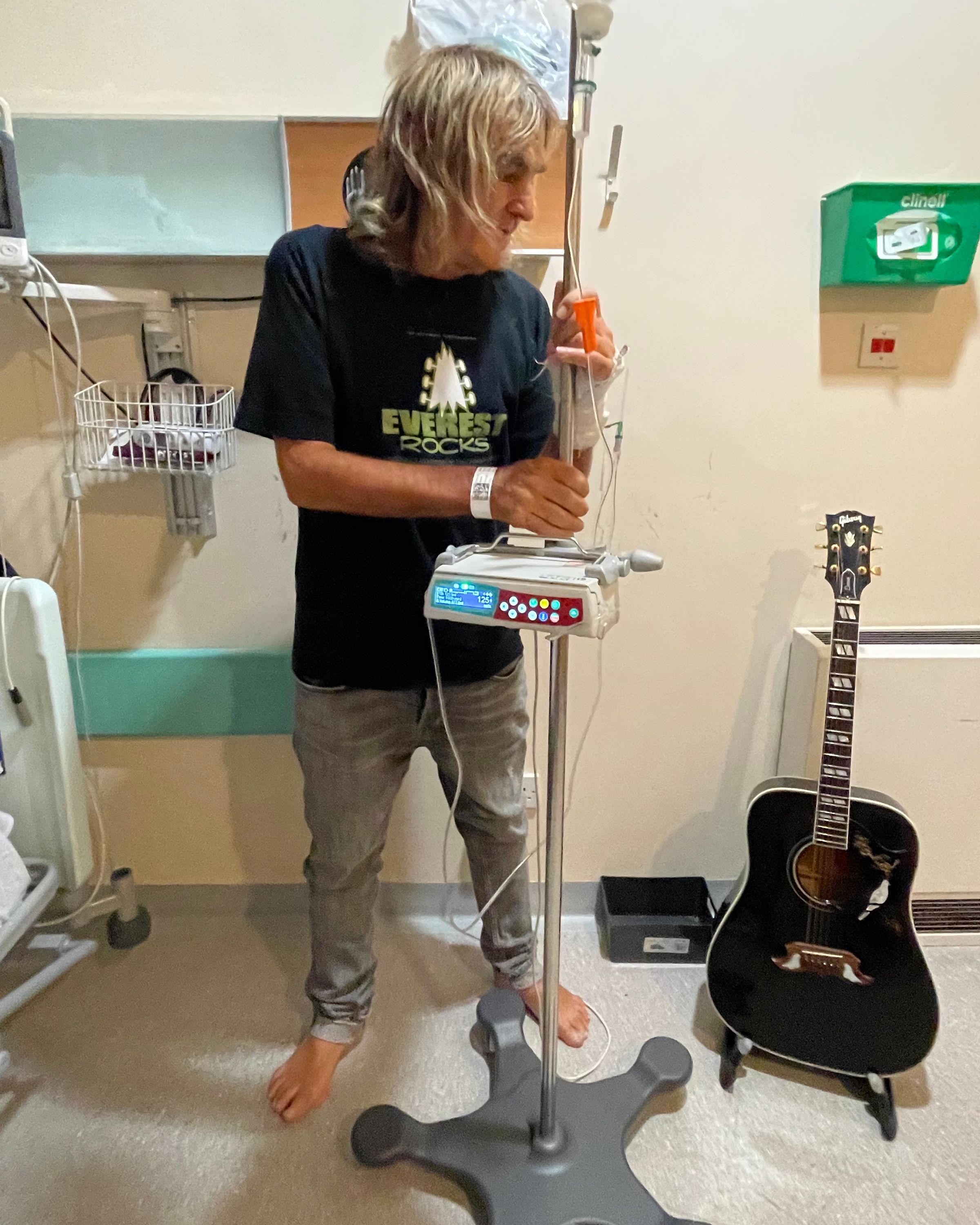Article
Did Surviving Cancer Flip the Script on How I Was Treated on Social Media?
Author(s):
Nina Luker has shared her journey with diffuse large B-cell lymphoma on social media with more than 100,000 followers, but says she noticed a difference in the kinds of comments she received after treatment was over and she was deemed “not as vulnerable” anymore.
Since being diagnosed with stage 4 diffuse large B-cell lymphoma in 2020, CURE® ambassador Nina Luker has been sharing her cancer experience on social media – namely the video platform TikTok – where she found support and a sense of community. However, she noted that the conversation began to shift when she entered the survivorship phase, Luker explained in an interview with CURE®.
Luker has finished her lymphoma treatment and undergoes regular checkups to monitor if the disease has returned. On her last scan, her providers saw a small site of activity in her left abdomen. Since the spot is difficult to biopsy, she must wait months until her next PET scan to determine if this spot is cancerous.
“I posted on my TikTok a couple of weeks ago that this scan happened and there is activity. All the responses I got were supportive, but a lot of people said you should get a second opinion. I never really thought of that,” Luker said. “There’s this taking in of outside opinions and perspectives, and that’s really challenging.”
This has brought a new layer of anxiety into the mix, Luker said, in a time where she is already feeling the effects of “scanxiety” as she awaits her next appointment.
TikTok has not always led to an influx of outside opinions, Luker said. In fact, when she was sharing her story on TikTok as she was being diagnosed and going through treatment, she said that she chose not to read the comments – and when she did scan them, they were all supportive and usually did not include advice.
“Never once did I have someone say anything negative or give me opinions. It was all really community-based and saying, ‘I understand how you feel, and we’re here and praying’ or ‘we support you,’” Luker said.
Luker started posting on TikTok before her diagnosis, chronicling the series of doctor appointments that eventually led to her receiving the lymphoma diagnosis. She posted once or twice a week for the course of about five months. She started with just a handful of followers and now has more than 150,000 followers and has received over 3 million likes on her videos.
“It just had this ripple effect of building people organically who could relate in some way,” she said.
Experts have also noted that social media can be beneficial for patients to connect with others who have their disease and may be going through similar situations – especially for those with rarer diseases. However, it is crucial that patients tread with caution regarding the medical knowledge they glean from the internet.
Now, Luker does admit that she reads comments more and sees a shift now that her treatment is over.
“Now that my journey is over, people have a little bit more confidence, I think, (in saying) what they think because I am deemed not as vulnerable or that I’m healthy again,” she said. “I wouldn’t say that it’s by any means a negative space; I wouldn’t be posting if that was the case. But it’s definitely a little bit more nerve-wracking, even though I’m ‘on that other side (of treatment)’ so to speak.”
For more news on cancer updates, research and education, don’t forget to subscribe to CURE®’s newsletters here.
2 Commerce Drive
Cranbury, NJ 08512
All rights reserved.





